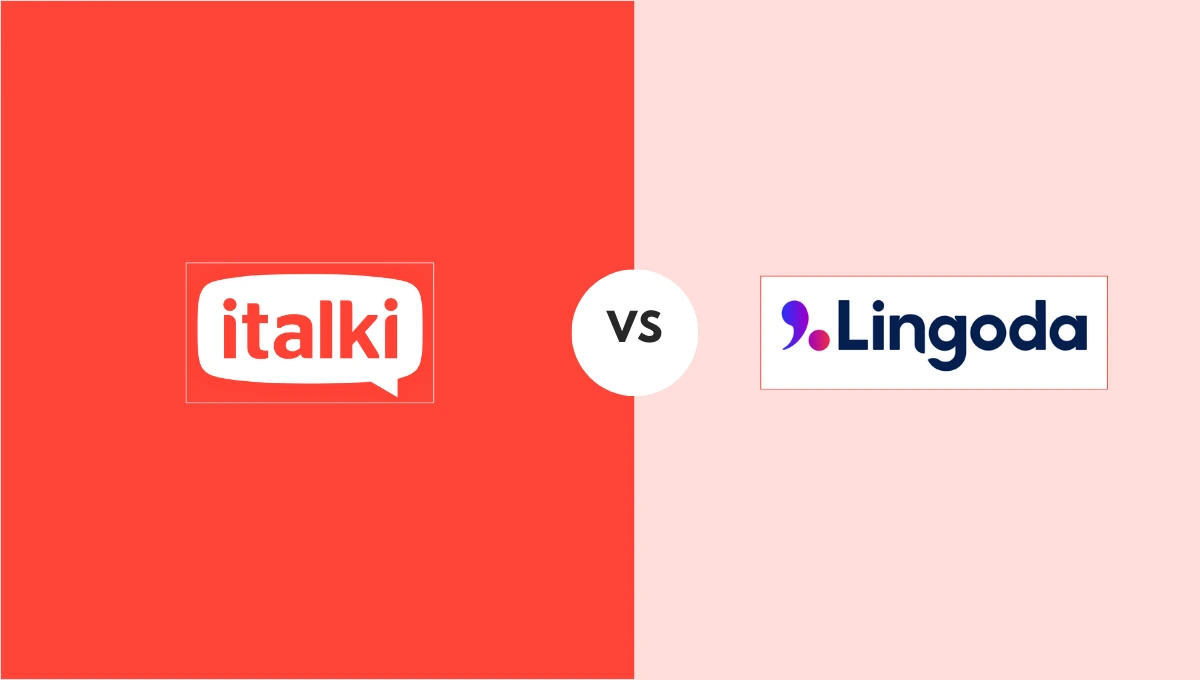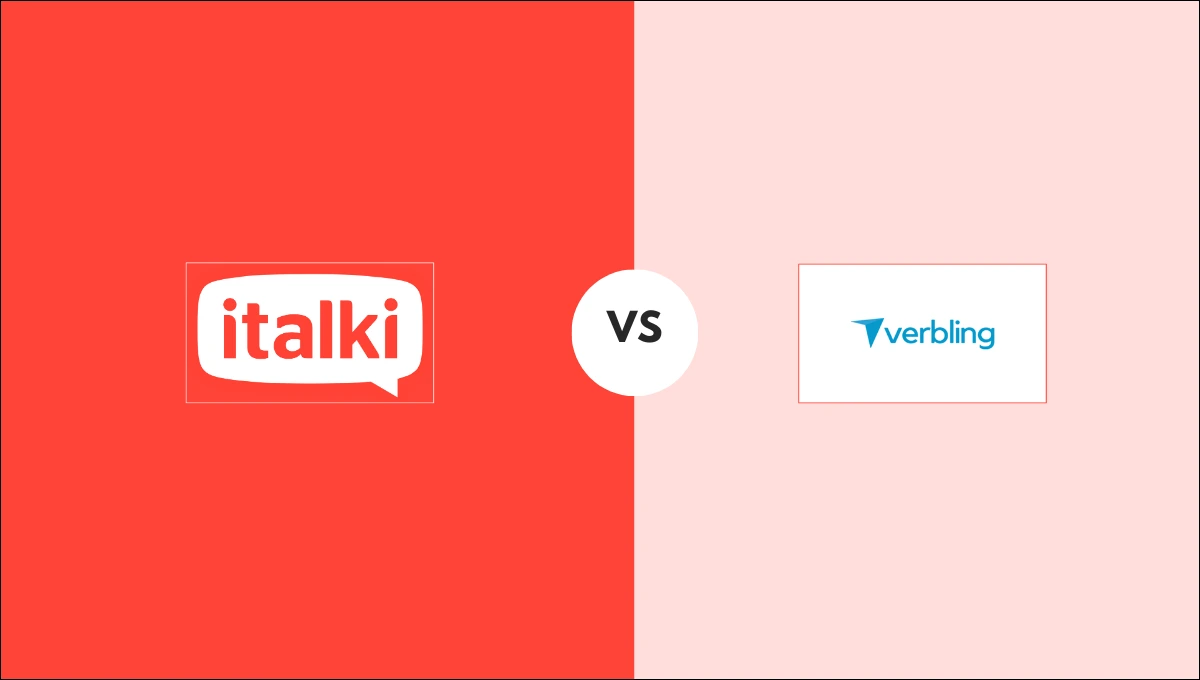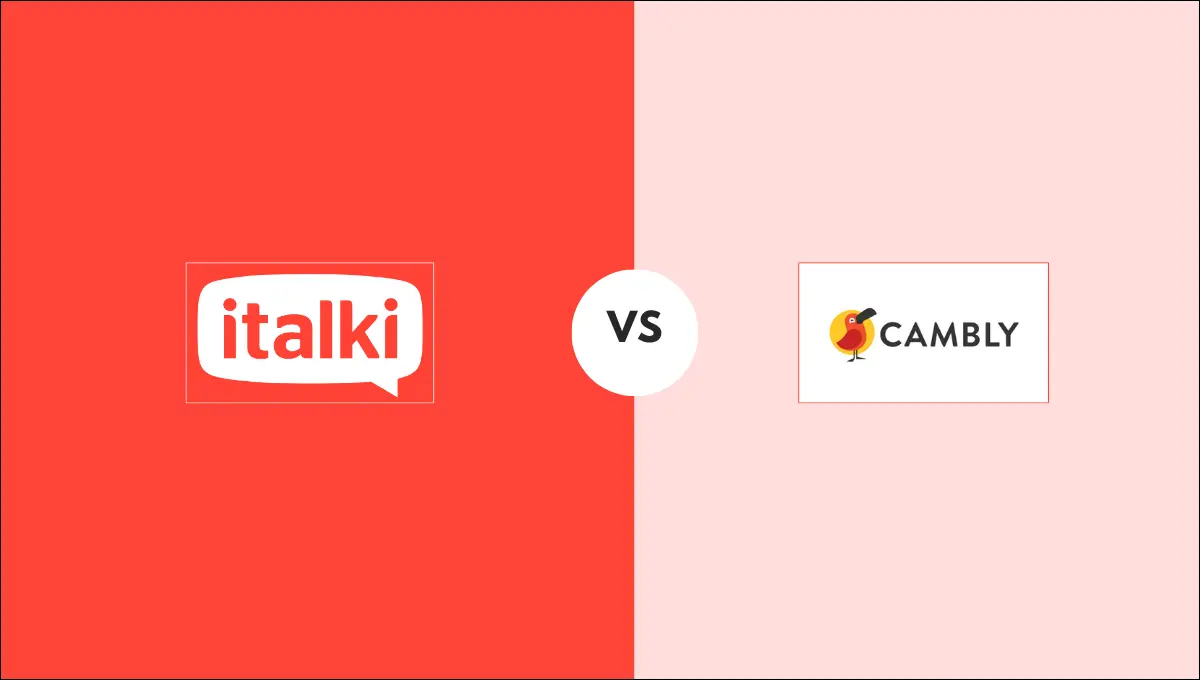The reflexive pronouns in Spanish are used when the subject and direct object of a reflexive verb are the same. In simple words, when we discuss acts that we take on ourselves or, conversely, actions that other people take on themselves, we employ reflexive pronouns and verbs.
For example:
- I wake (myself) up
- I bathe (myself)
- I put clothes on (myself)

Since English uses reflexive pronouns (myself, yourself, etc.) less frequently, the direct translation frequently sounds a little awkward. For instance, saying “me pongo la ropa” in Spanish literally means “I put clothes on myself.”
Mastering reflexive and demonstrative Spanish pronouns can help in making your conversations sound fluent. They enable you to make sentences shorter and more understandable.
It’s crucial to remember that reflexive pronouns in Spanish only function when the subject of the sentence both performs and receives the action—that is when the subject acts themselves.
For example:
- I bathe every day – Me baño todos los días
- You look at yourself in the mirror – Te miras al espejo
- My mother will be surprised for the gift – Mi madre se sorprenderá por el regalo
Reflexive pronouns in Spanish: Types and Usage
To learn Spanish grammar, you must look at the types and usage of different concepts. Reflexive pronouns use the same forms as indirect object pronouns, with the exception of se, which is used instead of for the third person.
Types of reflexive pronouns
- me (myself)
- te (yourself),
- se (yourself (formal), himself, herself).
- nos (ourselves)
- se (yourselves, themselves)
Let’s have a look at a few examples, using every reflexive pronoun:
- I sit on the chair – (Yo) Me siento en la silla
- You wash your hair twice a week – (Tú) Te lavas el cabello dos veces por semana
- She brushes her teeth – (Ella) Se cepilla los dientes
- He looks in the mirror – (Él) Se mira en el espejo
- You wake up early every day – (Usted) Se despierta temprano cada día.
- We take off our shoes – (Nosotros) Nos quitamos los zapatos
- They stayed at school – (Ellos) Se quedaron en la escuela
- We wash our hands – (Nosotros) Nos lavamos la
How do you use reflexive pronouns in Spanish?
Up until now, reflexive pronouns have come before conjugated verbs. Let’s now examine three additional uses of reflexive pronouns and their placement.
Verbs in the infinite form
Reflexive pronouns can be positioned at the end of an infinitive verb, like this: I have to take a bath – Tengo que Bañarme
It can also be placed at the start of a conjugated verb, which ends with an infinitive. For example: I have to take a bath – Me tengo que bañarThere are several mediums to learn Spanish for free. Moreover, there is plenty of Spanish content available online. Watching Spanish videos and documentaries can also help you understand the contextual use of reflexive pronouns in Spanish.

Progressive verbs
When dealing with progressive verbs (English -ing verbs) in Spanish, you can place the reflexive pronoun behind or in front of the progressive verb. The meaning of both choices is the same.
For example:
- She is washing her hands – Ella está lavándose las manos / Ella se está lavando las manos
- She is sleeping early – Ella está durmiéndose temprano / Ella se está durmiendo temprano
- We are washing our faces – Estamos lavándonos la cara / Nos estamos lavando la cara
Reflexives pronouns and Imperative mood
As we previously stated, reflexive pronouns have to match the subject, meaning that the same subject must provide and receive an action. However, the imperative mood is the one exception to this.
When we issue directions or demands, we do it in an imperative mood, which is always directed toward another person. Because you cannot give orders to yourself in the first person, therefore you can use Spanish reflexive pronouns when using reflexive verbs to give commands in the Imperative.
Affirmative commands
When dealing with affirmative sentences, the reflexive pronouns will always be placed at the end of the conjugated verb. For example:
- Look at me! – ¡Mirame!
- Wash your hands (you plural) – Lávense las manos
- Go to sleep early (you) – Duermete temprano
Negative sentences
When the sentence is negative, verbs in the imperative are used in the subjunctive. For example:
- Don’t wash your hands – No te laves las manos
- Don´t sleep early – No te duermas temprano
- Don’t wash your faces – No se laven la cara
- Don´t you bath now, we gotta go – No te bañes ahora, tenemos que irnos
Every verb you see right after the reflexive pronoun (te, se, nos) in imperative sentences are conjugated in the subjunctive.
Spanish reflexive pronouns vs object pronouns?
Due to their similar appearances, beginners frequently confuse reflexive and object pronouns. To make things apparent, let’s compare and contrast them.
| Personal Pronoun | Reflexive Pronoun | Direct Object Pronoun | Indirect Object Pronoun |
| Yo | Me | Me | Me |
| Tú | Te | Te | Te |
| Él | Se | Lo | Le |
| Ella | Se | La | Le |
| Usted | Se | Lo, La | Le |
| Nosotros | Nos | Nos | Nos |
| Ustedes | Se | Los / Las | Les |
| Ellos / Ellas | Se | Los / Las | Les |
In simple terms, you use reflexive pronouns when the subject matches who/what is receiving the action. For example: Me compro una camiseta – I buy myself a shirt.
When the subject is not receiving the action, then the pronouns we use are called object pronouns. For example: Te compro una camiseta – I buy you a shirt.
Although they look very similar, the main difference is that the first phrase is reflexive and the second is not.

This is all about reflexive pronouns in Spanish. You must practice this concept to sound more fluent and confident. Additionally, getting a conversational Spanish tutor can help you become fluent in Spanish. Hiring a private Spanish tutor through italki can speed up your learning process and keep you on track.
Learn the Spanish language with italki
This platform is well-known for its incredible features that allow learners to learn a language at their own pace.
Features of italki
With italki, you can learn Spanish online and get a lifetime learning opportunity under the supervision of the best tutors and engaging reading content.
Tutors with extensive experience: Almost all tutors at italki are native speakers. You can meet with the tutor of your choice to discuss your goals and aspirations. Finding an experienced tutor offering Spanish classes online at italki only takes a few clicks. You can find a list of tutors on the website and select the one that best suits your needs.

Find Your Perfect Teacher
At italki, you can find your Spanish tutor from all qualified and experienced teachers. Now experience the excellent language learning journey!
Book a trial lesson
Flexible learning schedule: You can choose your own learning schedule without interfering with your daily routine. Consult your tutor, create a learning schedule, and stick to it to achieve your goals.
Conversational learning mode: italki tutors strongly believe that conversational learning mode is critical to ensuring quality learning and knowledge retention. Select a conversational Spanish tutor and schedule regular sessions that include interactive quizzes and exercises.
Detailed learning material: Additional learning materials, practical exercises, and real-life scenarios are available to help you improve your Spanish speaking and writing skills. Maintain consistency and adhere to the instructions given during the lessons.
Customized lesson plans: italki’s best feature is its customized lesson plans. You can tailor your lesson plans to your specific learning goals and objectives. Following the learning style and pattern that works best for you is the best practice.

Booking lesson plan at italki
Visit the website, create a profile, and enter the necessary information. Fill in your preferred style, schedule, and so on. The option to ‘find the instructor’ will be in the upper right corner.
Select a tutor. You can also schedule a trial lesson to evaluate your overall learning experience. The trial session is offered at a discounted rate. Create a learning schedule and objectives if the teaching method meets your needs.
You will learn Spanish quickly if you listen to your tutor’s constructive feedback and track your progress regularly.
Frequently asked questions
What are reflexive pronouns in Spanish?
Reflexive pronouns in Spanish (me, te, se, nos, os, se) are used when the subject and the object of a verb are the same, indicating that the verb’s action reflects on the subject.
How are reflexive pronouns used in Spanish?
Reflexive pronouns are placed before a conjugated verb or attached to the end of an infinitive, gerund, or affirmative command.
Can reflexive pronouns change depending on the subject?
Yes, reflexive pronouns change to match the subject’s person and number. For example, “me lavo” (I wash myself) vs. “se lava” (he/she washes themselves).
Are reflexive pronouns always necessary in Spanish?
No, reflexive pronouns are only used when the verb’s action reflects on the subject. They are not necessary when the action is not reflexive.
Conclusion
Reflexive pronouns are a fundamental part of Spanish grammar, indicating actions that reflect back on the subject. Understanding their usage and placement is crucial for communicating effectively in Spanish.
While reflexive pronouns can be challenging for learners, practice and exposure to the language will help solidify their use. Moreover, getting an experienced Spanish tutor through italki can also help you strengthen your language skills and become a fluent speaker.
Want to learn a language at italki?
Here are the best resources for you!


















